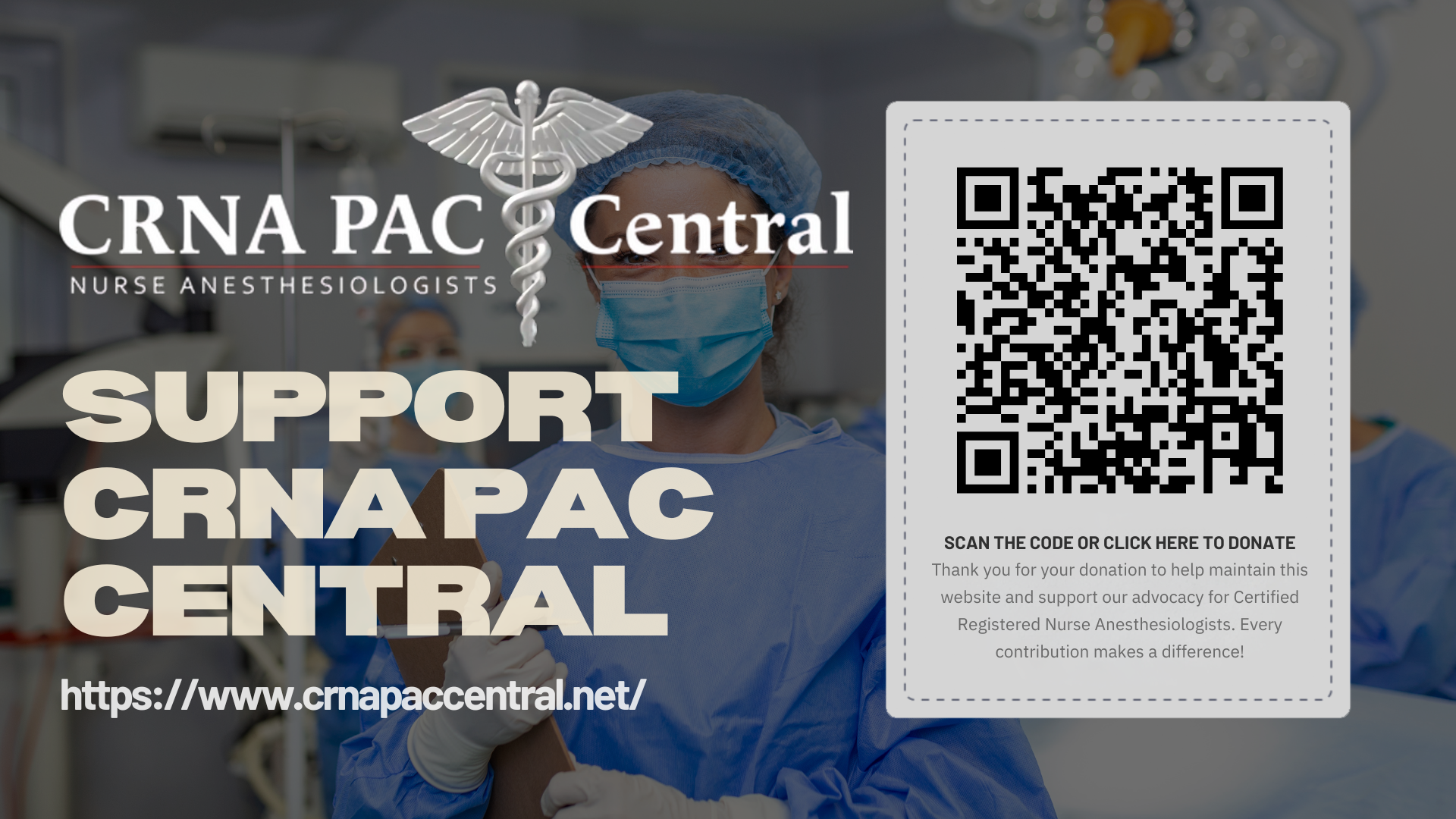Title or Question
Describe the item or answer the question so that site visitors who are interested get more information. You can emphasize this text with bullets, italics or bold, and add links.Title or Question
Describe the item or answer the question so that site visitors who are interested get more information. You can emphasize this text with bullets, italics or bold, and add links.Title or Question
Describe the item or answer the question so that site visitors who are interested get more information. You can emphasize this text with bullets, italics or bold, and add links.
The Business of Anesthesiology
The information on this page is not meant to be all inclusive. The goal of this page is to provide enough information as a starting point. Those entering a self employment arrangement or those interested in starting a completely independent practice, whether as a solo provider or a small group of providers, can use this information as a starting point or a guide as they navigate through the process of self employment. Please contact the appropriately trained professionals as you move forward in the process.
DO YOU NEED TO INCORPORATE? WHAT ARE YOUR OPTIONS?
Business Type
Advantages
Protection/Taxation
Disadvantages
LLC
Better for max flexibility in how you manage and run your business; board of directors not required
Unlimited owners (aka "members") allowed
You're not personally on the hook for business liabilities
Taxed once or twice; you're free to choose which can help minimize taxes
Ongoing filings and fees to stay in compliance
LLCs can't go public
Not recognized globally; you may be taxed as a corporation in other countries
S - corporation
A very common choice for CRNAs wanting to incorporate
Better for smaller corporations
100 shareholders max
Owners can only get common stock
You're not personally on the hook for business liabilities
Taxed once—only shareholders pay on profits received
Salary is defined as what is "reasonable"
Shareholder distributions, monies paid not defined as salary, are not subject to FICA or social security taxes.
Ongoing filings and fees to stay in compliance
Less management flexibility; must have a board of directors (however, this could be just you)
More admin; strict rules about holding meetings and keeping records
All shareholders must be U.S. citizens or residents
C - corporation
Best if you plan to go public one day; can issue shares to founders, employees, and investors
Unlimited owners (aka "shareholders") allowed
Owners may get preferred stock
Recognized internationally
Preferred by investors
You're not personally on the hook for business liabilities
Taxed twice—business pays at the corporate level, and shareholders pay on income received
Ongoing filings and fees to stay in compliance
Less management flexibility; must have a board of directors
More admin; strict rules about holding meetings and keeping records
Better if you need an easy set-up
No paperwork to start; you may still need a DBA or business licenses to operate legally
One owner max
You're personally on the hook for business liabilities
Taxed once—you pay on profits in your personal tax return
Less hassle; separate tax return not needed
No personal liability protection

